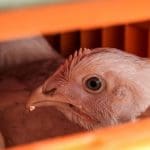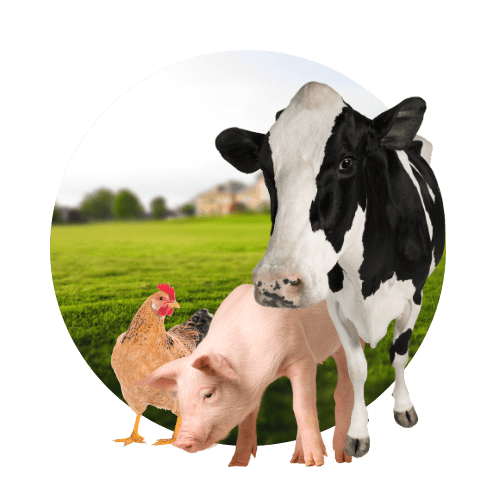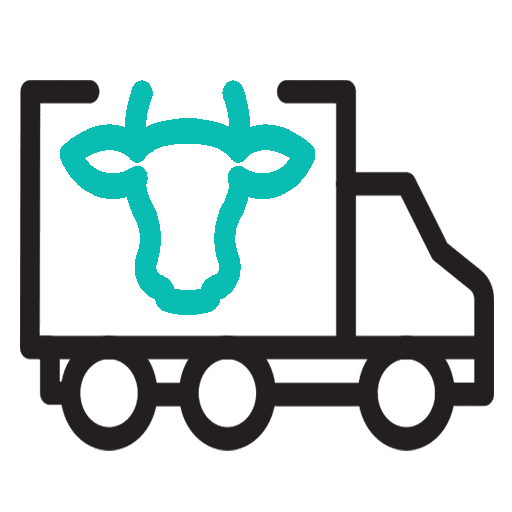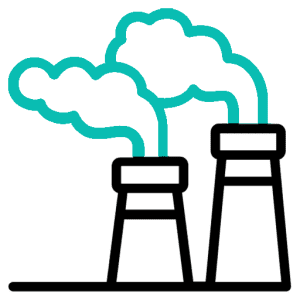Climate change is one of the most pressing issues of our time, with the global community facing unprecedented challenges in reducing greenhouse gas emissions and mitigating their impact on the environment. While the primary focus has been on carbon dioxide emissions from human activities such as transportation and energy production, another potent greenhouse gas, methane, often goes overlooked. Methane is 28 times more potent than carbon dioxide in trapping heat in the Earth’s atmosphere, and its levels have been steadily rising in recent years. Surprisingly, the largest source of methane emissions is not from fossil fuels, but from livestock. The rearing and processing of livestock for meat, dairy, and other animal products contribute significantly to methane emissions, making the livestock industry a major player in global warming. In this article, we will explore the role of livestock in methane emissions and its impact on global warming, and discuss potential solutions to reduce these emissions. By gaining a better understanding of the relationship between livestock and methane emissions, we can take steps towards a more sustainable and environmentally responsible future.
Livestock contribute greatly to methane emissions
The significant impact of livestock on methane emissions cannot be overstated. Methane, a potent greenhouse gas, is released through various processes in the digestive systems of cattle, sheep, and other ruminant animals. As these animals consume and digest feed, they produce methane as a byproduct of their complex digestive processes. Additionally, manure management and storage practices in the livestock industry contribute to the release of methane into the atmosphere. Given the sheer scale of global livestock production and the increasing demand for animal products, it is crucial to address the role of livestock in methane emissions as part of comprehensive efforts to mitigate global warming and reduce greenhouse gas emissions.
Methane is a potent greenhouse gas
Methane, being a potent greenhouse gas, poses a significant threat to our planet’s climate stability. It has a much higher warming potential compared to carbon dioxide, although it stays in the atmosphere for a shorter period. Methane is approximately 28 times more effective at trapping heat over a 100-year period. Sources of methane emissions are diverse, including natural processes like wetlands and geological seepage, as well as human activities such as fossil fuel extraction and agriculture. Understanding the impact of methane and implementing strategies to reduce its emissions are vital steps in combatting global warming and mitigating the effects of climate change.
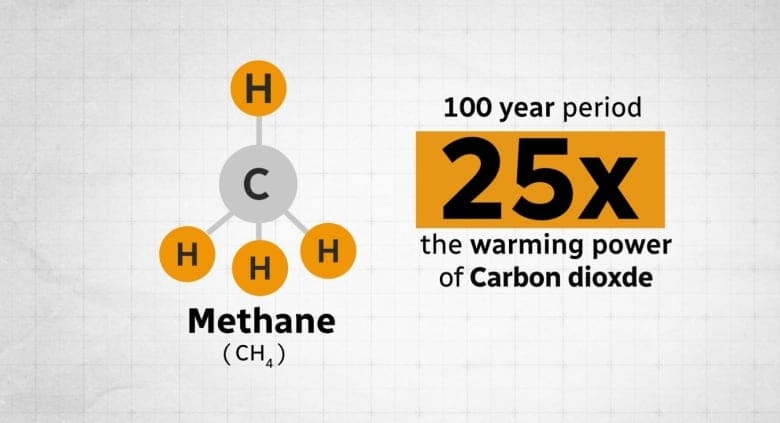
Agriculture accounts for 14% of global emissions
Agriculture plays a significant role in contributing to global emissions, accounting for approximately 14% of total emissions worldwide. This sector encompasses a range of activities, including crop production, livestock rearing, and land use changes. The main sources of greenhouse gas emissions in agriculture are methane and nitrous oxide. Methane is emitted during the digestive process of livestock, particularly ruminants like cattle and sheep, as well as through the decomposition of organic waste in anaerobic conditions. Nitrous oxide, on the other hand, is mainly released from the use of nitrogen-based fertilizers and from manure management. As we strive to address the challenge of climate change, it is crucial to explore sustainable agricultural practices and innovative technologies that can help reduce emissions while ensuring food security for a growing global population.
Livestock digestion produces methane gas
The emissions of methane gas from livestock digestion have become a significant concern in the context of global warming. Methane, a potent greenhouse gas, is released during the digestive process of ruminant animals such as cattle and sheep. These animals have specialized stomachs that facilitate the breakdown of fibrous plant material, resulting in methane production as a byproduct. The methane produced by livestock digestion contributes to the overall increase in greenhouse gas concentrations in the atmosphere, trapping heat and exacerbating the phenomenon of global warming. Therefore, it is essential to address this issue through the implementation of sustainable farming practices, such as improved animal diets, efficient waste management systems, and the adoption of technologies that can help mitigate methane emissions from livestock. By reducing methane emissions from livestock digestion, we can make significant strides towards mitigating the impact of agriculture on global warming and creating a more sustainable future.

Ruminant animals are top contributors
Ruminant animals, including cattle and sheep, play a significant role as top contributors to methane emissions, exacerbating the issue of global warming. Due to their specialized digestive systems, these animals produce substantial amounts of methane during the breakdown of fibrous plant material. This methane, being a potent greenhouse gas, traps heat in the atmosphere and contributes to the overall increase in greenhouse gas concentrations. It is imperative that we address this issue by implementing sustainable farming practices and adopting technologies that can effectively reduce methane emissions from ruminant animals. By taking proactive measures to mitigate the impact of these emissions, we can make substantial progress towards combating global warming.
Manure management also produces methane
In addition to the methane emissions produced by ruminant animals, it is important to acknowledge the role of manure management in contributing to methane emissions and its impact on global warming. Manure contains organic matter that undergoes anaerobic decomposition, releasing methane gas into the atmosphere. This process occurs in various manure management systems such as storage facilities, lagoons, and during land application. The release of methane during manure management practices further amplifies the environmental challenges posed by livestock production.
Methane has 28 times impact of CO2
It is widely acknowledged that methane, a greenhouse gas generated by various human activities, has a significantly greater impact on global warming compared to carbon dioxide. In fact, methane has an estimated warming potential of 28 times that of CO2 over a 100-year period. This is due to methane’s greater ability to trap heat in the atmosphere. While CO2 remains in the atmosphere for a longer period, methane’s potency makes it a critical contributor to climate change. Understanding the disproportionate impact of methane emissions reinforces the urgency to address its sources, including those associated with livestock production and manure management, in order to effectively mitigate global warming and its adverse effects on our planet.
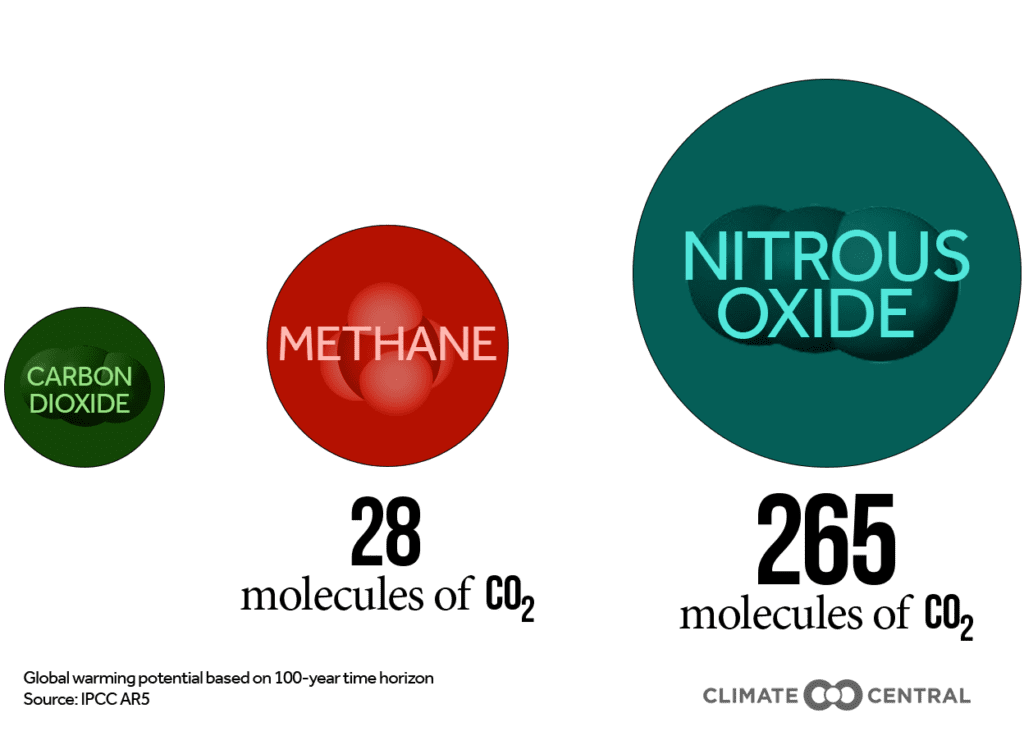
In conclusion, the role of livestock in methane emissions and global warming cannot be overlooked. While there are multiple factors contributing to climate change, it is important to acknowledge and address the impact of livestock on methane emissions. Implementing sustainable and responsible farming practices, can greatly reduce methane emissions and mitigate the effects of global warming. It is our responsibility to take action and make changes in the agricultural industry in order to create a more sustainable future for our planet.
FAQ
How do livestock contribute to methane emissions and global warming?
Livestock, particularly cows and sheep, contribute to methane emissions and global warming through a process called enteric fermentation. When these animals digest their food, they produce methane as a byproduct, which is released through burping and flatulence. Methane is a potent greenhouse gas, with a much higher warming potential than carbon dioxide. The large-scale rearing of livestock, especially in intensive farming systems, has led to an increase in methane emissions. Additionally, the expansion of livestock farming has resulted in deforestation for pasture and feed crops, further contributing to global warming by reducing the Earth’s ability to absorb carbon dioxide.
What are the main sources of methane emissions from livestock?
The main sources of methane emissions from livestock are enteric fermentation, which is the digestive process in ruminant animals like cows and sheep that produces methane as a byproduct, and manure management, where methane is released from stored animal waste. These two sources contribute significantly to the overall methane emissions from the livestock sector.
How do different livestock species vary in their methane production?
Different livestock species vary in their methane production due to differences in their digestive systems and feed conversion efficiency. Ruminant animals, such as cattle and sheep, produce more methane compared to monogastric animals like pigs and poultry. Ruminants have a specialized stomach called the rumen, where microbial fermentation of feed occurs, leading to the production of methane as a byproduct. This is because ruminants rely on anaerobic microbial digestion, which produces more methane compared to the aerobic digestion in monogastric animals. Additionally, feed composition and quality, as well as management practices, can also influence methane production in different livestock species.
What are the potential solutions or strategies to reduce methane emissions from livestock?
Some potential solutions to reduce methane emissions from livestock include implementing dietary changes through the use of feed additives, such as methane inhibitors or seaweed supplements that can help reduce methane production in the animal’s digestive system. Other strategies include improving livestock management practices, such as optimizing feed quality and quantity, implementing better manure management techniques, and promoting rotational grazing systems. Additionally, investing in research and technology development to identify and implement innovative solutions, such as methane capture and utilization systems, can also help in reducing methane emissions from livestock.
How significant is the role of livestock in overall greenhouse gas emissions and its impact on global warming?
The role of livestock in overall greenhouse gas emissions is significant and has a significant impact on global warming. Livestock, particularly cattle, produce methane, a potent greenhouse gas, through enteric fermentation and manure management. Methane has a higher warming potential than carbon dioxide, making livestock a major contributor to global greenhouse gas emissions. Additionally, livestock farming contributes to deforestation for grazing and feed production, further exacerbating climate change. Therefore, reducing the livestock sector’s emissions and transitioning towards more sustainable and plant-based food systems is crucial in mitigating global warming.

